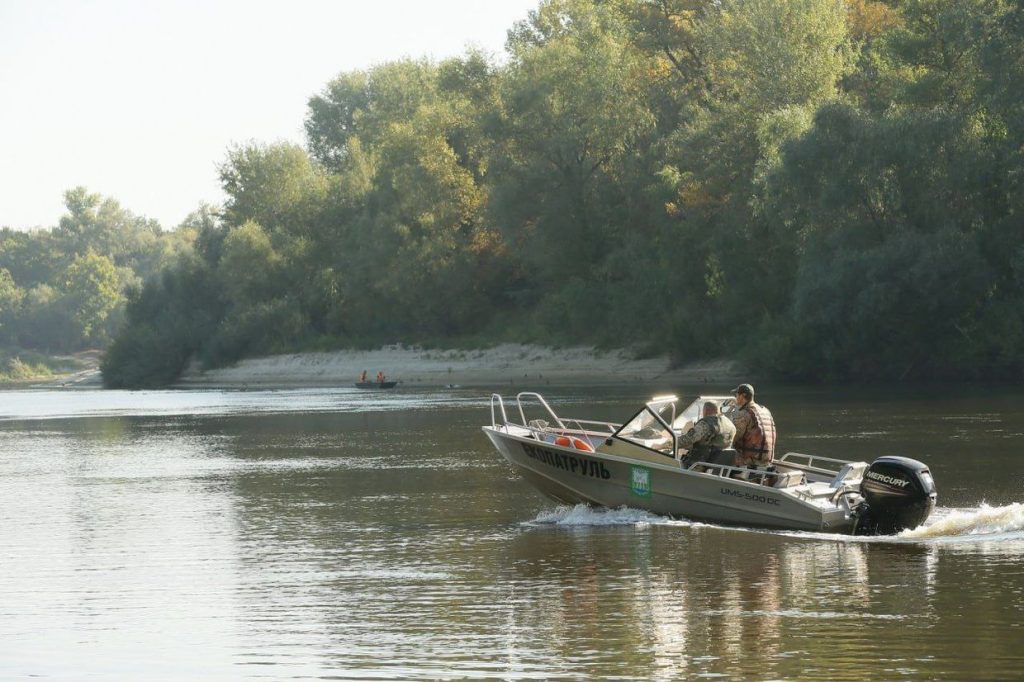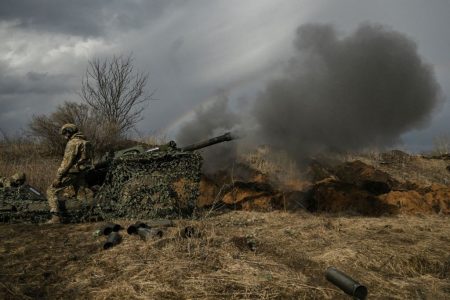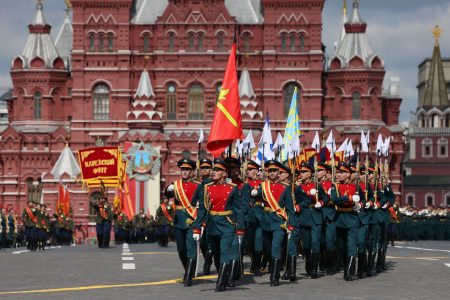reservoirs, which had to be drained in order to prevent potential flooding. Without the dam, the Kakhovka reservoir became a mostly dry area, allowing vegetation to take root and thrive. The head of the national reserve in the area stated that in five years, deer and boar could potentially roam the forests that have grown in this unexpected location. This transformation highlights the impact of human actions on the environment and the resilience of nature in reclaiming damaged areas.
The environmental damage caused by Russia’s actions in Ukraine goes beyond just the immediate destruction of infrastructure. It has also resulted in pollution of rivers and water bodies, leading to serious consequences for the ecosystem and wildlife. The recent dumping of sewage into the Seim River by a Russian sugar factory has caused organic pollution, decreased oxygen levels, and a large-scale fish die-off. Ukrainian officials have estimated the damage to the region at millions of hryvnias, indicating the significant economic and environmental toll of such pollution events. Despite the challenges, efforts are being made to counteract the repercussions and restore the affected areas.
The pollution of the Seim and Desna rivers highlights the interconnected nature of environmental issues, as these water bodies flow through multiple regions and countries. While the immediate impact may be felt more severely in certain areas, the long-term effects can have far-reaching consequences. In response to the pollution, Ukraine has implemented measures to mitigate the damage and prevent further harm to the ecosystem. The assurance that there are no immediate threats to human life and health from the polluted waters is important, but the need for ongoing monitoring and conservation efforts remains crucial to safeguarding the environment.
The estimate of $53 billion in environmental damage caused by Russia’s invasion underscores the scale of the ecological impact of conflict and aggression. Beyond the immediate casualties and destruction, wars can have lasting effects on the environment, affecting natural habitats, water sources, and overall ecosystem health. Addressing and remedying such extensive damage requires concerted efforts at various levels, from local communities to national governments and international organizations. Understanding the full extent of the environmental consequences of conflict is vital in order to develop effective strategies for recovery and rehabilitation of affected areas.
The emergence of a flourishing forest in the Kakhovka reservoir offers a glimmer of hope amidst the devastation caused by the destruction of the dam. It serves as a reminder of nature’s resilience and ability to adapt to changing conditions, even in the face of man-made disasters. The potential return of wildlife to the area in the coming years signals a positive development in the restoration of the ecosystem. This natural regeneration also underscores the importance of conservation and preservation efforts to allow ecosystems to recover and thrive in the wake of environmental degradation. It serves as a testament to the power of nature to heal and regenerate, given the opportunity and necessary conditions.
In conclusion, the environmental impact of human activities, such as pollution and conflict, can have far-reaching consequences on ecosystems and wildlife. The pollution of rivers like the Seim and Desna in Ukraine highlights the urgent need for conservation efforts and environmental protection measures to safeguard water sources and biodiversity. The estimated environmental damage from Russia’s invasion underscores the importance of addressing and mitigating the ecological impact of conflicts. The unexpected growth of a forest in the Kakhovka reservoir demonstrates nature’s ability to recover and thrive in challenging circumstances, emphasizing the resilience of the natural world. As we confront environmental challenges and work towards sustainability, it is essential to prioritize the protection and restoration of ecosystems for the well-being of both present and future generations.















